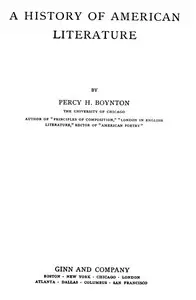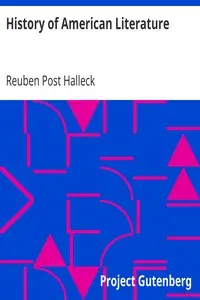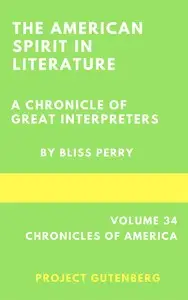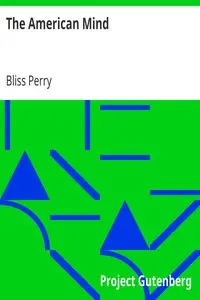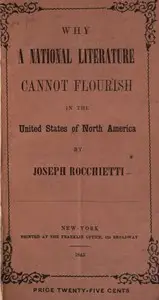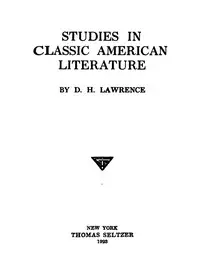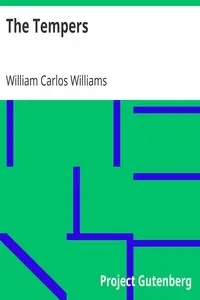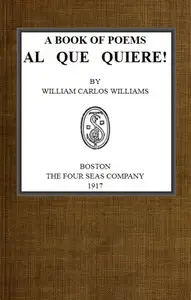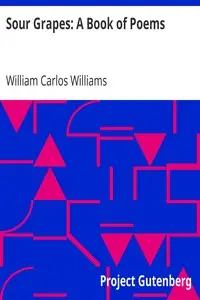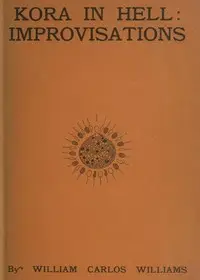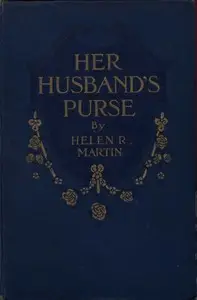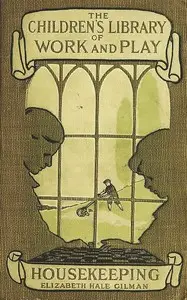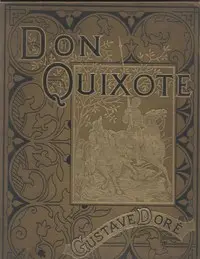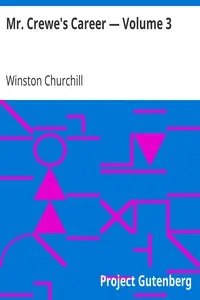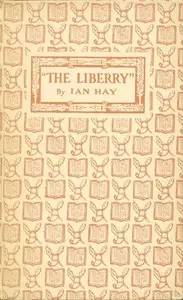** "The Great American Novel" by William Carlos Williams is a story from the 1900's that looks at what it means for America to move forward, using both personal thoughts and big ideas about who Americans are and what their stories are like. The story goes back and forth, looking at how hard it is to write a novel, with characters thinking hard about what they've been through and how time changes things. All this happens while America itself is going through big changes. The book starts with a style that's broken up, with lots of details and thoughts about big questions. The main character thinks a lot about things like time, getting better, and what words really mean. The character's mind jumps between memories and what's happening right now. Then, the story switches to a scene with two average men coming out of a meeting, walking through fog that seems to stand for not knowing what's going on, and talking about life, love, and making things. The book puts everyday life next to huge, important questions, setting the stage for a detailed look at America and its dreams for great stories. **
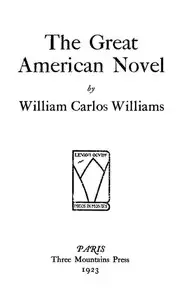
The Great American Novel
By William Carlos Williams
** In a time of change, a writer wrestles with progress and the meaning of words, trying to capture the soul of a nation struggling to define itself.
Summary
About the AuthorWilliam Carlos Williams was an American poet and physician of Latin American descent closely associated with modernism and imagism. His Spring and All (1923) was written in the wake of T. S. Eliot's The Waste Land (1922). In his five-volume poem Paterson (1946–1958), he took Paterson, New Jersey as "my 'case' to work up. It called for a poetry such as I did not know, it was my duty to discover or make such a context on the 'thought.'" Some of his best known poems, "This Is Just to Say" and "The Red Wheelbarrow", are reflections on the everyday. Other poems reflect the influence of the visual arts. He, in turn, influenced the visual arts; his poem "The Great Figure" inspired the painting I Saw the Figure 5 in Gold by Charles Demuth. Williams was awarded a posthumous Pulitzer Prize for Poetry for Pictures from Brueghel and Other Poems (1962).
William Carlos Williams was an American poet and physician of Latin American descent closely associated with modernism and imagism. His Spring and All (1923) was written in the wake of T. S. Eliot's The Waste Land (1922). In his five-volume poem Paterson (1946–1958), he took Paterson, New Jersey as "my 'case' to work up. It called for a poetry such as I did not know, it was my duty to discover or make such a context on the 'thought.'" Some of his best known poems, "This Is Just to Say" and "The Red Wheelbarrow", are reflections on the everyday. Other poems reflect the influence of the visual arts. He, in turn, influenced the visual arts; his poem "The Great Figure" inspired the painting I Saw the Figure 5 in Gold by Charles Demuth. Williams was awarded a posthumous Pulitzer Prize for Poetry for Pictures from Brueghel and Other Poems (1962).

